Qianyuwu (ben)
4.3/5
5 Reviews
No. 2 of Local Restaurants in Kamakura
Highlights: A famous century-old restaurant, its eel dishes are highly sought after
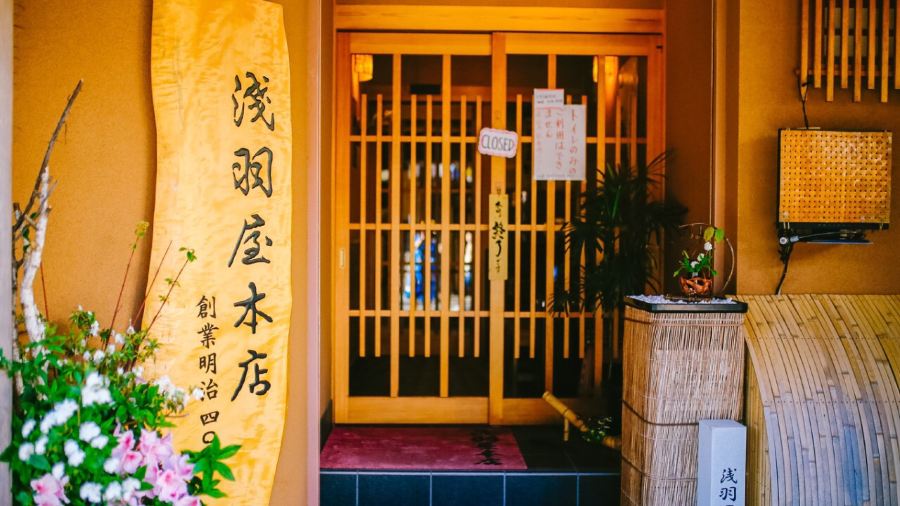
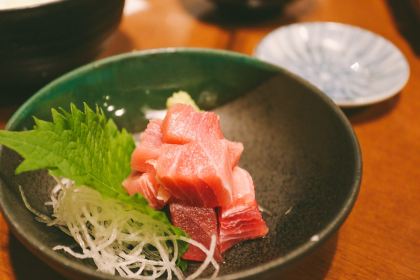
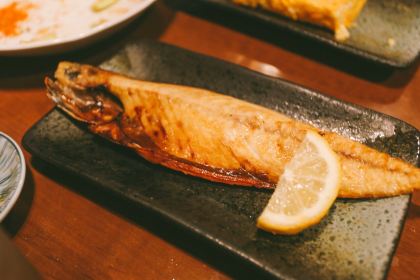
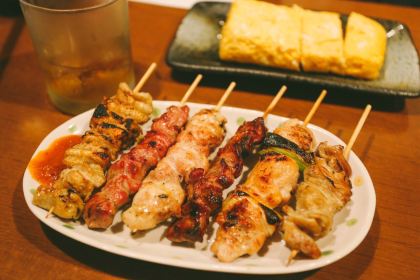
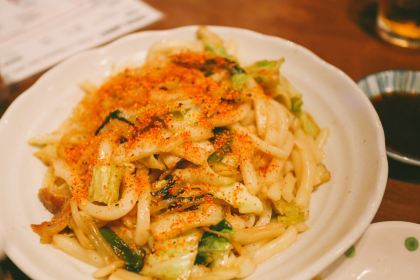

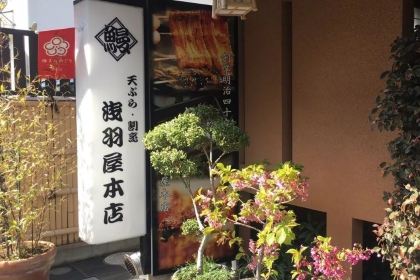
More
+81-467-22-0173
Canggu 3-10-31
 M25***40It looks a bit traditional and it seemed clean. We were surprised at how much attention the staff paid here. We both ordered a rice bowl with a chicken/pork katsu egg which was delicious and served warm. Really enjoyed the food and the total for the two of us was about 2.8k yen.
M25***40It looks a bit traditional and it seemed clean. We were surprised at how much attention the staff paid here. We both ordered a rice bowl with a chicken/pork katsu egg which was delicious and served warm. Really enjoyed the food and the total for the two of us was about 2.8k yen.Reviews of Qianyuwu (ben)
Some reviews may have been translated by Google Translate
4.3/5Excellent
All (5)
Latest
Photo reviews (4)
Positive reviews (3)
It looks a bit traditional and it seemed clean. We were surprised at how much attention the staff paid here. We both ordered a rice bowl with a chicken/pork katsu egg which was delicious and served warm. Really enjoyed the food and the total for the two of us was about 2.8k yen.
Asaba-ya (main store) Address: 3-10-31 Hase Tel: +81-46-7220173 Get off at Kamakura High School Station, check in at the Slam Dunk attraction, and search for Asaba-ya. It looks quite unique and has a high rating, so I decided to have lunch here. It's a 5-8 minute walk to this store The proprietress is a very kind Japanese grandmother, who speaks English and is polite and friendly Ordered the most famous eel rice, the box of eel rice is customized, the eel is smooth and tender, and the soup is just right The ingredients are also fresh, and the overall taste is not bad This store is basically full of Chinese people You can only pay in cash, most stores in Kamakura only accept cash.
The eel rice here tastes very authentic, and many people come here specifically to eat the eel rice!
For lunch today, I chose the Asabaya main store at the entrance of Hasedera Temple. It is a century-old eel rice restaurant founded in 1907. Eat it before leaving Kamakura~ The charcoal-grilled eel is plump and sweet, tender but not greasy, worthy of being a century-old restaurant. Eel rice is divided into: eel rice bowl and eel lunch box. The quality of eel lunch box is divided into three levels: pine, bamboo and plum, and the price is different. Finally, have a bottle of Kamakura-limited juice and leave Kamakura with delicious food and drink~
There are countless Yakitori restaurants of all sizes on the streets of Japan, and they are extremely particular about meat selection, skewering, dipping sauces, and grilling techniques. Some Yakitori restaurants have even been selected as Michelin-starred restaurants. The so-called Yakitori is said to have originated in the Edo period in the 17th century. It is mainly divided into salt-grilled and sauce-grilled. Salt-grilled means using salt as a seasoning, and also using seven-flavor powder; sauce-grilled means grilling with a sauce made from sake, mirin, soy sauce, sugar, green onions, chicken fat, etc. If you like to eat the original flavor, salt-grilled can fully reflect the fresh quality and original flavor of the chicken itself. As for sauce-grilled, it can better cover up the fishy smell of internal organs such as chicken hearts and gizzards.